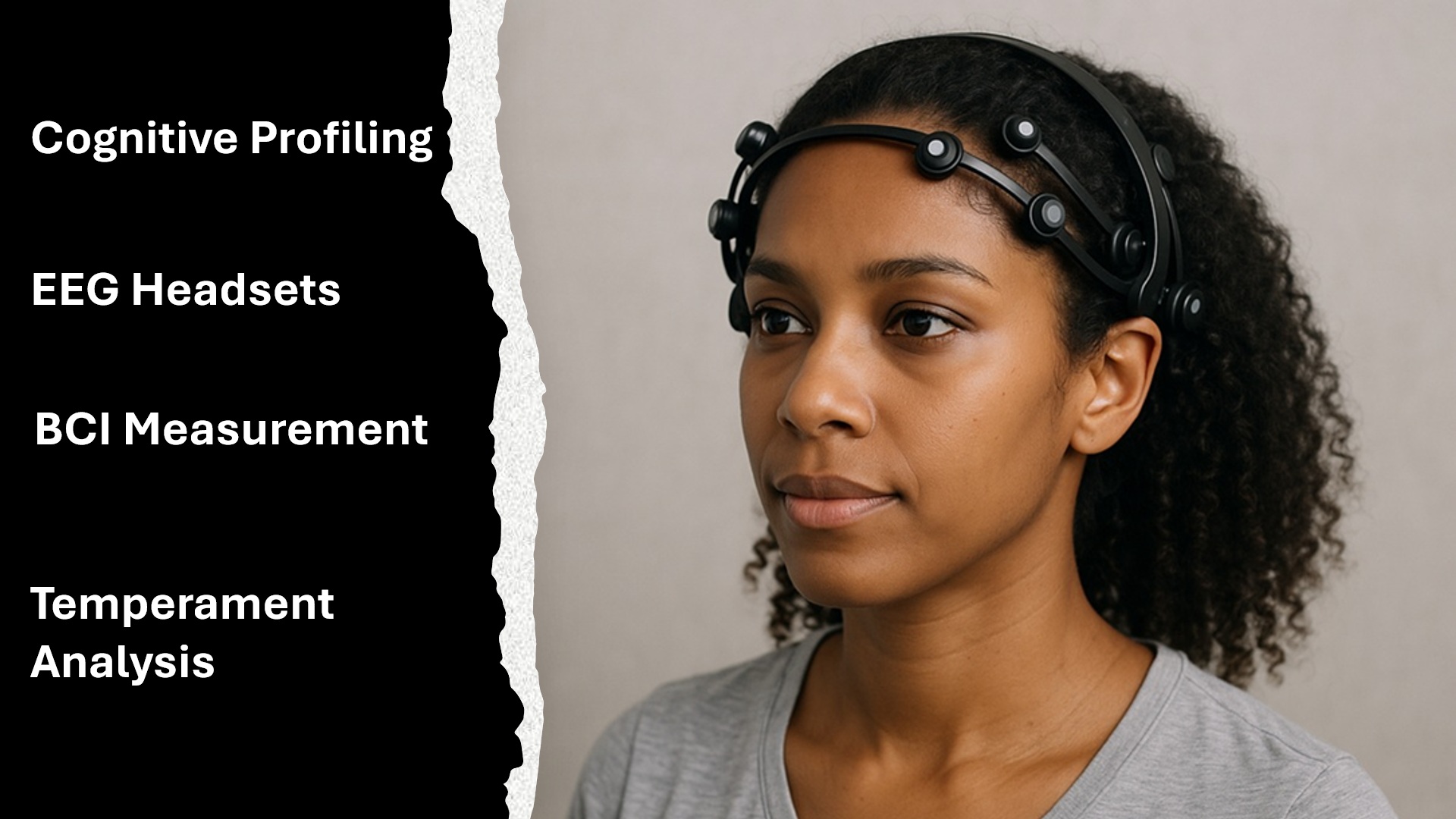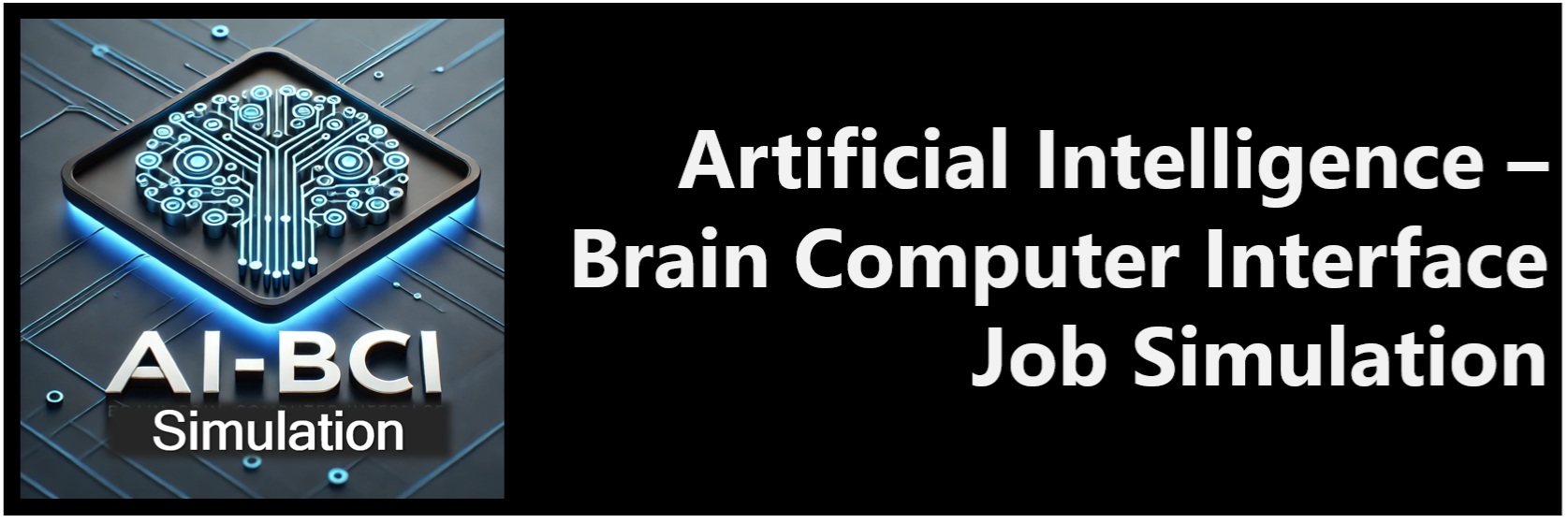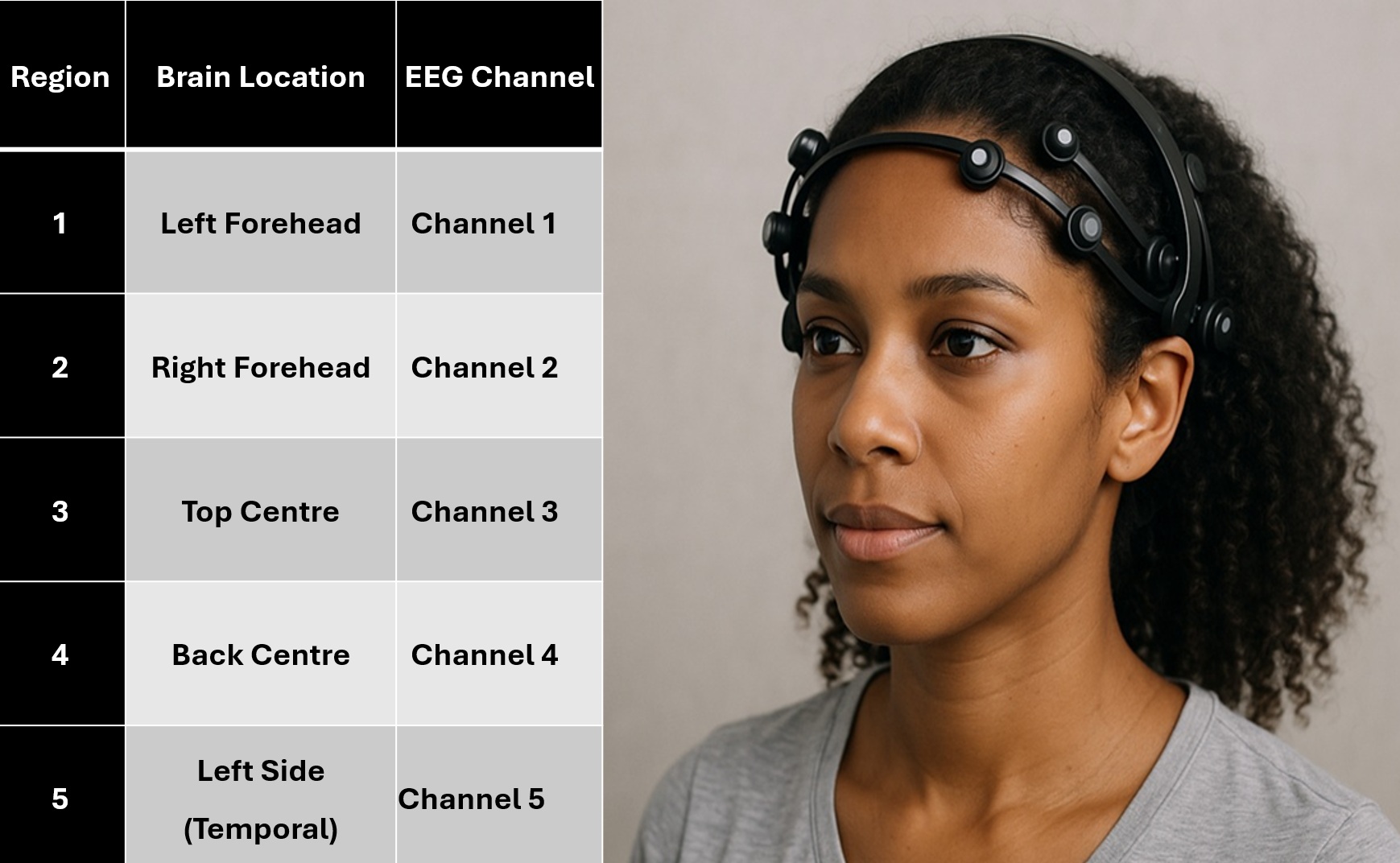Welcome to Baseline Cognitive Profiling
In the evolving landscape of workforce technology, Baseline Cognitive Profiling (BCP) emerges as a transformative force for the Human Resources profession and the broader enterprise. It offers a compelling opportunity to bridge neuroscience, job performance prediction, and ethical workforce management. By capturing and interpreting brainwave activity via EEG technology, BCP provides a new layer of precision that HR has historically lacked — and it promises measurable gains for both employee wellbeing and company performance.

The Benefits of Baseline Cognitive Profiling
BCP introduces a scientifically grounded and data-driven method to understand how individuals cognitively engage with their roles. Key benefits include:
- Enhanced Talent Matching: By comparing an individual's baseline cognitive signature to a job profile, HR can better predict job-person fit — not just based on skills, but on attention capacity, decision-making styles, and emotional regulation.
- Improved Retention and Performance: Employees matched to roles that align with their natural cognitive strengths are more likely to succeed, remain engaged, and stay longer with the company.
- Bias Reduction: Objective neuro-data introduces a new layer of fairness, helping overcome unconscious bias in traditional hiring processes.
- Predictive Workforce Intelligence: Real-time cognitive data enhances forecasting for burnout, training needs, and career mobility.
Proof of Concept in Live Demonstration of EEG Brainwave Measurement
Adoption starts with a proof of concept, which often involves a live demonstration of EEG brainwave analysis in a workforce setting. A helpful reference is Dr. James Hewitt’s video on Cognitive Gears (Inside the Knowledge Worker’s Brain: Live EEG Demo on Focus, Stress & Recovery | Dr. James Hewitt) where he explains how brainwave patterns can reflect states such as focus, recovery, and fatigue.
While Dr. Hewitt's demonstration successfully raises awareness about cognitive states, it also highlights limitations that need addressing before large-scale HR deployment:
- The headset used involves 14 saline-soaked pads, which are impractical for everyday HR use due to setup time, hygiene issues, and maintenance.
- His method consolidates 14 EEG channels into a single summarised output, providing a general sense of mental state but failing to interpret regional data critical to HR analysis.
- There's no region-specific classification — yet in HR, knowing whether stress arises in the frontal (executive function) or temporal (language) region makes all the difference.
Whilst the Dr James Hewitt EEG exercise proves the capability of measuring brainwave activity with an EEG headsets, the mapping of the various brain regions, and interpreting what they mean from an HR perspective, will be the subject of a similar test by CET and colleagues in the near future.
Job Preparation & Analysis for AI Baseline Cognitive Profiling

